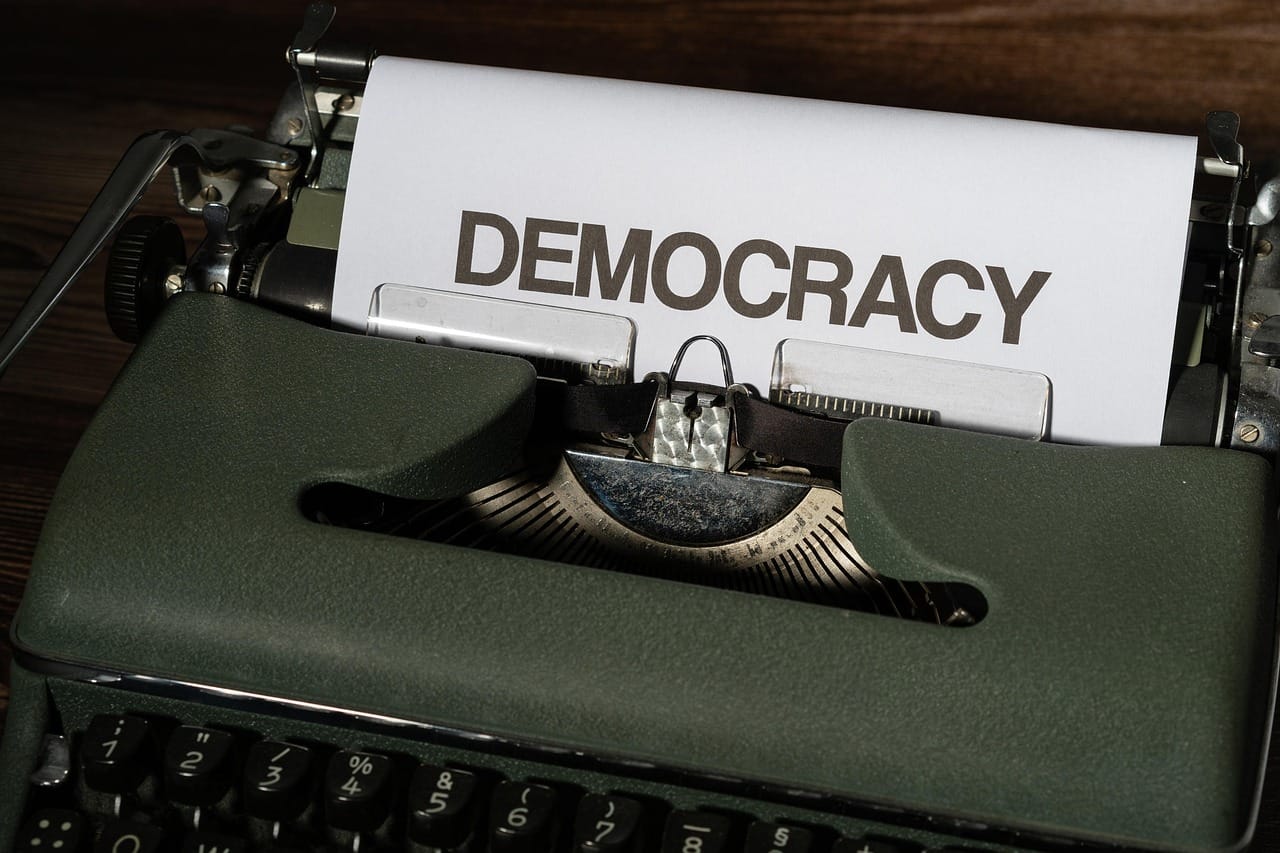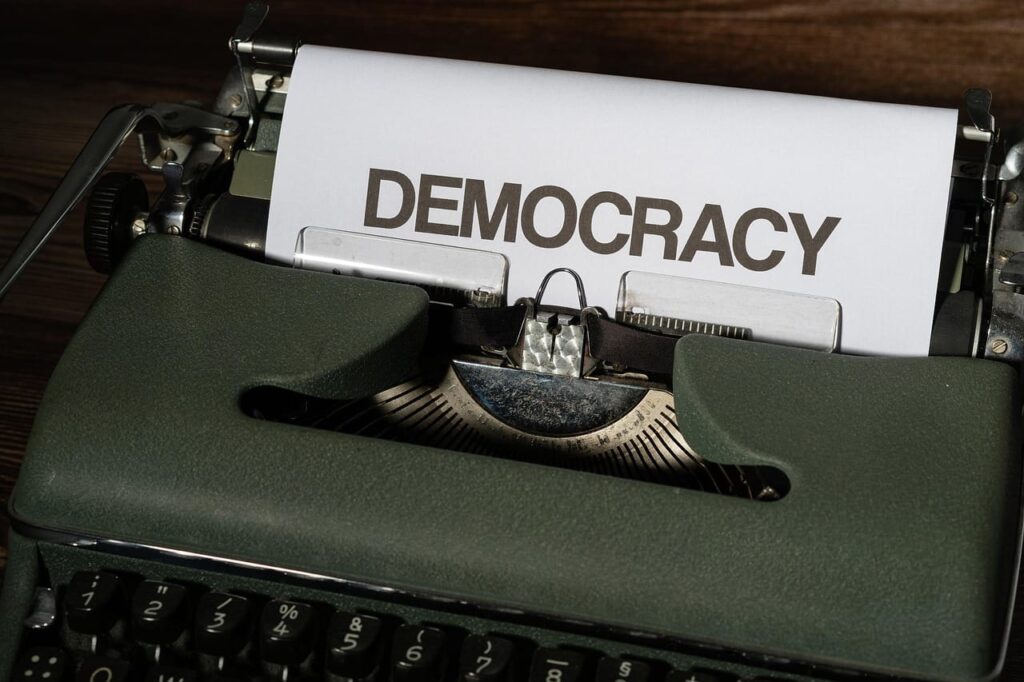Have you ever wondered how tariffs can shake up the global economy, or even throw stocks into turmoil? When Donald Trump, the 45th President of the United States, decided to impose sweeping tariffs, it led to significant ripples across the market, causing a crash that left many scrambling to make sense of it all. Let’s try to untangle this web and understand the events that unfolded, the motivations behind them, and the far-reaching consequences on markets worldwide.

Understanding Tariffs: The Basics
Before we dive into the intricacies of Trump’s tariff policies, it’s pivotal to grasp what tariffs are and how they function in the realm of international trade. Tariffs are essentially taxes imposed by one country on goods and services imported from another country. By doing so, the imposing country hopes to make foreign goods more expensive, thereby encouraging consumers to buy domestically manufactured products. However, tariffs can often lead to retaliatory measures from other nations, which is exactly the scenario that unfolded with Trump’s trade policies.
How Tariffs Influence Markets
The implementation of tariffs affects markets because it alters the dynamics of supply and demand. If you elevate the price of imports, you might trigger a rise in domestic demand for local alternatives, provided they exist. However, this can also set off a chain of events affecting global supply chains, investor confidence, and even consumer prices, as manufacturers often pass added costs onto buyers.
The Genesis of Trump’s Tariff Policies
Trump’s tariff strategy didn’t just pop up overnight. Instead, it was rooted in his campaign rhetoric, where he vocalized plans to protect American jobs and industries from what he perceived as unfair trade practices. Once in office, these musings materialized into concrete policies that had immediate and profound implications on the market.
The Rollout of Tariffs: A Timeline
In a move not entirely surprising to his followers, Trump announced a 10% across-the-board tariff, which was implemented on a Saturday. This was just the tip of the iceberg, as higher, more targeted tariffs on specific nations were planned to follow soon after. The decision shook the market and led to a significant drop in the Dow Jones Industrial Average by more than 4,000 points almost overnight, reminiscent of the severe drops seen during the 2020 economic downturn caused by the Covid-19 pandemic.
Global Trade War: Brewing Conflicts
Alongside the rollout of tariffs, tensions heated up with other nations, most notably China, which retaliated by threatening a hefty 34% tax on U.S. goods. Trump’s response to these threats was to suggest further tariffs on Chinese imports, heightening the prospect of a full-scale global trade war. Such aggressive trade policies not only ignited literal pricing battles but also sent shockwaves through financial markets, with investors anxiously reacting to the mounting uncertainties.

Could Anyone Reign in Trump’s Tariffs?
While some viewed Trump’s decision as a power play to bolster American industries, others deemed it an overreach requiring checks and balances. As a result, a select group of Senate Republicans took steps to propose a bill that would require congressional approval for any such tariff impositions. However, even with bipartisan support, the legislation faced an uphill battle—especially with the looming prospect of a veto from the President.
The Legislative Gridlock
Despite the pockets of resistance within the legislative framework, the odds of curtailing Trump’s tariffs were slim. With a clear divide in support and the political complexities at play, it became evident that the imposed tariffs would remain for the foreseeable future. The potential legislation to halt the President’s unchecked tariff power remained elusive, leaving market watchers and industry leaders to brace for prolonged economic turbulence.
The Larger Economic Picture
Even before Trump’s presidency became a reality, there were debates and speculations about whether his tariff talk was merely a bluff. Once he began rolling them out, the impact was undeniably real, shaking investor confidence and sending ripples across the global economic landscape.
Investor Miscalculations
Initially, many investors ruled out the possibility of Trump carrying through with severe tariffs. This assumption proved costly, as evidenced by the market crash that ensued once tariffs were put into action. The misalignment in expectations versus reality underscored a broader issue of predicting policy shifts in volatile political climates.

The Severity of the Situation
How dire could the situation get, you ask? It largely depended on the President’s future moves. If negotiations failed and tariffs persisted or escalated further, economists foresaw a potential increase in consumer prices and slower overall economic growth. In a worst-case scenario, a recession loomed on the horizon due to disruptions in trade flows and increased costs affecting businesses and consumers worldwide.
The Hope for Negotiations
A glimmer of hope persisted with whispers of international teams negotiating to potentially dial back some of the tariffs. A successful negotiation could ameliorate the economic drag and alleviate the unpredictability clouding the financial markets. Therein lay a crucial dynamic: the delicate interplay between geopolitical negotiations and their economic repercussions.
The Human Element: Implications for Everyday Americans
Amidst the jargon of tariffs and market indices, one can wonder: what does this mean for ordinary individuals? While market crashes predominantly affect investors and large businesses, tariffs, in essence, resonate throughout the economic fabric, reaching small businesses and everyday consumers.
Higher Prices and Slower Growth
Tariffs often lead to increased costs for imported goods, which can subsequently cause a rise in consumer prices. This inflation can squeeze household budgets and lead to decreased discretionary spending, further slowing economic growth. Businesses, too, find themselves in a bind, navigating rising input costs and adjusting pricing strategies to maintain profitability.
The Threat to American Jobs
Ironically, while tariffs were aimed at protecting American jobs, the resultant economic slowdown could provoke job threats, especially in industries reliant on imported raw materials. A sluggish economy coupled with retaliatory measures from trading partners potentially placed additional strain on American workers and businesses.

Conclusion: A Lesson in Economic Interdependence
As we sift through the events surrounding Trump’s tariff-driven market crash, it becomes clear just how interconnected the global economy truly is. The series of decisions made by a single administration reverberated across borders, impacting markets, businesses, and individuals. While just a chapter in America’s economic history, the lessons gleaned should underscore the delicate balance of trade policies and the need for measured approaches that weigh both domestic welfare and global ramifications.
Navigating Economic Tough Times
In times like these, individuals and businesses alike are encouraged to prepare for uncertainties. Building an emergency fund, diversifying investments, and staying informed are pivotal strategies to weather economic storms. While policymakers grapple with establishing equilibrium in trade policies, your proactive involvement in safeguarding financial health becomes ever more essential.
And as always, in the face of economic turbulence, knowledge is power. Understanding the forces at play provides a clearer lens through which you can make informed decisions for your financial journey.
With these insights, you might find yourself better equipped to navigate the ebb and flow of economic changes that may arise, regardless of the political climate.

